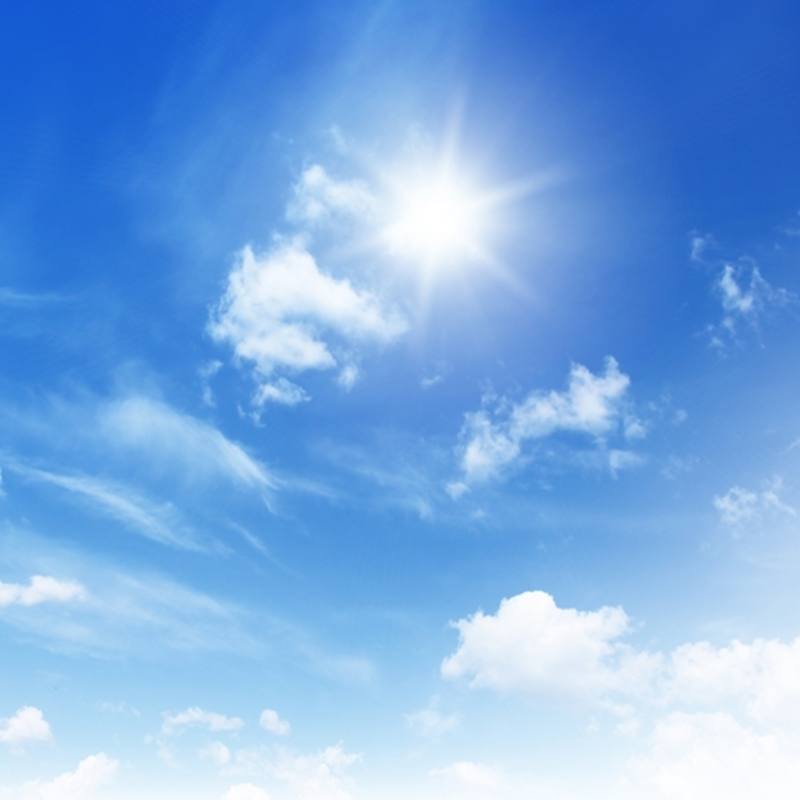
Meteorologists make weather predictions.
If you have a passion for the environment and a head for numbers and physics, you could be well-suited to a career as a meteorologist upon completion of your advanced degree program. According to the U.S. Bureau of Labor Statistics, meteorologists work in an array of settings, from universities to government weather stations and television networks, studying regional, national or even international weather patterns, making predictions and delivering forecasts.
If you're interested in learning more about this dynamic and exciting career path, read on. Below is a comprehensive guide to a career in meteorology:
A closer look at meteorology
Meteorology, as a scientific discipline, is concerned with weather patterns, both in the short and long term. The American Meteorological Society explained that the practice can be traced all the way back to Ancient Greece, when individuals attempted to predict the weather in a bid to help agricultural workers. Since then the practice of weather forecasting has been an indispensable tool to societies across the world, with weather predictions helping to inform individuals, businesses and governments about potential disruptions to daily life caused by the weather.
Paths that can be pursued in meteorology
Meteorologists are professionals who use meteorological science to scrutinize weather and climate patterns, to make predictions, conduct research, develop policy and so on. While the term meteorologist usually leads one to think of weather presenters on television, that's just one path that professionals can pursue under the umbrella of meteorology. Qualified individuals can work as researchers, weather forecasters and teachers, among other things. Here is a closer look at several common career paths in meteorology, as detailed by the American Meteorological Society:
How to become a meteorologist
As detailed by the World Meteorological Association, in terms of qualifications, at the very minimum a bachelor of science in meteorology is required to enter the profession. A bachelor of science in atmospheric science is also acceptable. Professionals with advanced degrees, however, are more likely to progress further in the field. To work in a university setting, for example, a master of science or Ph.D. are often prerequisites. In addition to the stated qualifications, meteorologists need a comprehensive and nuanced understanding of academic disciplines such as mathematics and physics.
The source elaborated that the best meteorologists will be comfortable working long and erratic hours – weekends and holidays, for example – and will also possess strong communication and IT skills, in addition to a detailed knowledge of atmospheric processes.
Job growth
As reported by the U.S. Bureau of Labor Statistics, employment in the industry remains healthy, with growth expected. Indeed, by the year 2024, employment will have likely increased by some 9 percent when compared with 2014 levels.
Typical salary
As of 2015, according to the BLS, the median nationwide salary for meteorologists and atmospheric scientists was close to $90,000 a year. Salaries, however, can vary widely within the profession. Broadcast meteorologists, for example, as reported by popular careers website Payscale, make a median salary of around $51,000 annually, although it is not uncommon for more experienced and reputable broadcast meteorologists to make in excess of six figures a year.

401 N Fairview St, Lock Haven, PA, 17745
Founded in 1870, Lock Haven University sits on the West Branch of the Susquehanna River and looks ov....

126 Hofstra University, Hempstead, NY, 11549
At Hofstra University, students take advantage of dynamic courses, flexible schedules, exceptional f....

Graduate Admissions Office, Springfield, MA, 01119
Western New England University offers a diverse range of master's, doctoral, and dual degree program....

3690 East Avenue, Rochester, NY, 14618
As an independent institution in the Catholic tradition of American higher education, St. John Fishe....

1000 Regent University Drive, Virginia Beach, VA, 23464
Regent University is a Christian learning community comprised of seven graduate schools (Business &a....

5701 Delhi Road, Cincinnati, OH, 45233
Mount St. Joseph University is a Catholic academic community grounded in the spiritual values and vi....

10601 Calle Lee, Los Alamitos, CA, 90720
Touro University Worldwide is a nonprofit institution of higher learning established by philanthropi....

Doheny Campus, Los Angeles, CA, 90007
The Master of Art in Humanities at Mount Saint Mary’s University is a dynamic and fl....